What to Look for When Buying a Mattress
What to Look for When Buying a Mattress: The Ultimate 2025 Buying Guide. This comprehensive guide will walk you through everything you need to consider in 2025, helping you make an informed choice that suits your sleep style, body type,
QUALITY MATTRESSES
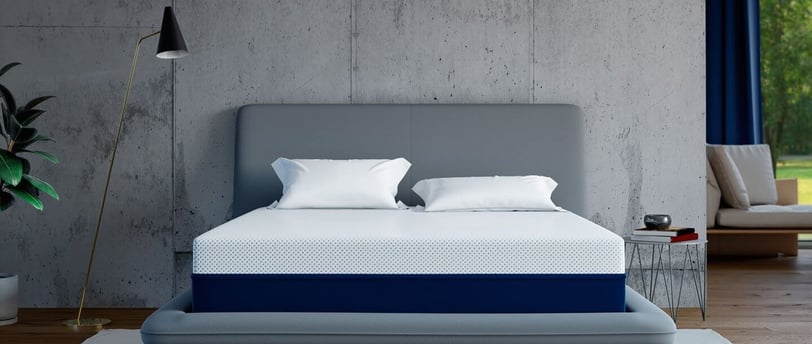

Choosing the right mattress is one of the most important investments you can make for your health and well-being. After all, we spend roughly a third of our lives sleeping, and a mattress that doesn’t support your body properly can lead to discomfort, poor sleep quality, and even long-term back pain.
But with so many options available-from memory foam to hybrids, soft to firm, budget to luxury-what exactly should you look for when buying a mattress?
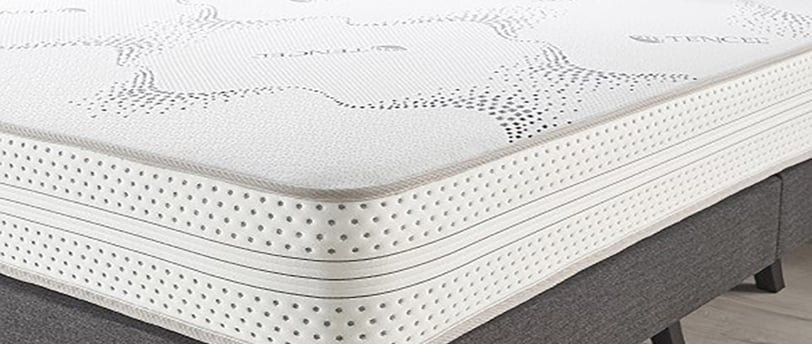

This comprehensive guide will walk you through everything you need to consider in 2025, helping you make an informed choice that suits your sleep style, body type, budget, and personal preferences.
1. Understand Your Sleep Position and How It Affects Mattress Choice
Your preferred sleeping position plays a crucial role in determining the type of mattress and firmness level that will provide the best support.
Side Sleepers: This is the most common sleeping position and is often recommended by doctors to reduce back pain. Side sleepers benefit from mattresses with a soft to medium firmness level, as these allow the hips and shoulders to sink in slightly, keeping the spine aligned. A mattress that is too firm can create pressure points, leading to discomfort.
Back Sleepers: Medium firmness is ideal for back sleepers. It provides enough support to maintain the natural curve of the spine without allowing the body to sink too deeply or feel unsupported.
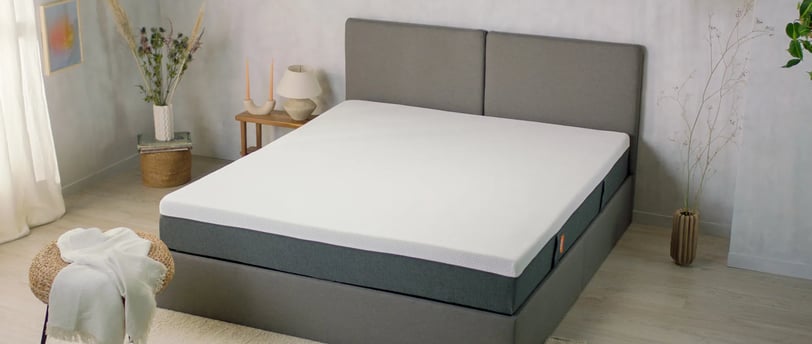

Stomach Sleepers: A firmer mattress is usually better for stomach sleepers because it prevents the hips from sinking too far, which can cause spinal misalignment.
Combination Sleepers: If you tend to move around during the night, a medium-firm mattress offers the versatility to support multiple positions comfortably.
2. Factor in Your Body Weight for Optimal Support
Your body weight influences how a mattress feels and performs over time.
Heavier Individuals (over 250 lbs): A firmer mattress is generally recommended to provide adequate support and prevent excessive sinking, which can misalign the spine and cause pain. Some mattress brands even offer models specifically designed for heavier sleepers.
Lighter Individuals: Softer mattresses tend to work better for those with lighter body weights, as they allow for better pressure relief without feeling like you’re sleeping “on top” of the mattress.
For example, a lightweight stomach sleeper might find medium firmness a good compromise, balancing softness and support.
3. Choose the Right Mattress Type
Mattresses come in various constructions, each with unique benefits:
Memory Foam: Known for its body-hugging contour and excellent pressure relief, memory foam is ideal for side sleepers and those with joint pain. However, traditional memory foam can retain heat, though many modern models incorporate cooling gels or open-cell technology.
Latex: Latex mattresses offer a bouncy, responsive feel with natural breathability and durability. They provide moderate contouring and are hypoallergenic, making them great for allergy sufferers and hot sleepers.
Innerspring: Traditional coil mattresses provide firm support with good airflow but may transfer motion between partners. Pocket-sprung versions improve motion isolation and offer zoned support.
Hybrid: Combining coils with foam or latex layers, hybrids offer a balance of bounce, support, and contouring comfort, often with enhanced temperature regulation.
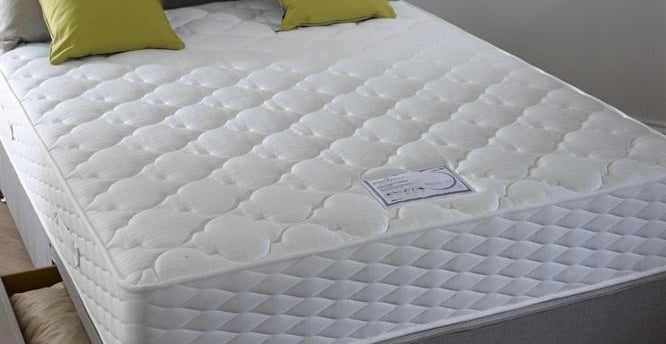

4. Understand Mattress Firmness and Comfort Levels
Mattress firmness is often rated on a scale from 1 (softest) to 10 (firmest), but these ratings can vary between brands. Generally:
Soft (1-3): Good for lightweight side sleepers needing extra cushioning.
Medium (4-6): Suitable for most sleepers, offering a balance of comfort and support.
Firm (7-9): Recommended for heavier individuals and stomach sleepers who need strong support.
Extra Firm (10): Best for those with specific back conditions or who prefer a very solid surface.
Remember, firmness is subjective. It’s important to test mattresses in-store or take advantage of trial periods to find what feels best for you.
5. Consider Key Mattress Features
Several construction features can significantly impact your comfort and satisfaction:
Motion Isolation: If you share a bed, a mattress that minimizes motion transfer is crucial. Foam mattresses generally excel here compared to innerspring models.
Edge Support: Strong edge support prevents sagging at the sides, allowing you to use the full mattress surface comfortably and making it easier to get in and out of bed.
Modular Firmness: Some mattresses offer split firmness options, perfect for couples with different preferences. These can be adjusted over time or easily replaced.
Mattress Height: Taller mattresses (14 inches or more) often feel more luxurious due to multiple layers but can be harder to fit with sheets and may cost more. Shorter mattresses (around 10 inches) are easier to handle and often more affordable.
Cover Fabric (Ticking): High-quality covers can be breathable, moisture-wicking, hypoallergenic, and even stain-resistant, enhancing comfort and mattress longevity.
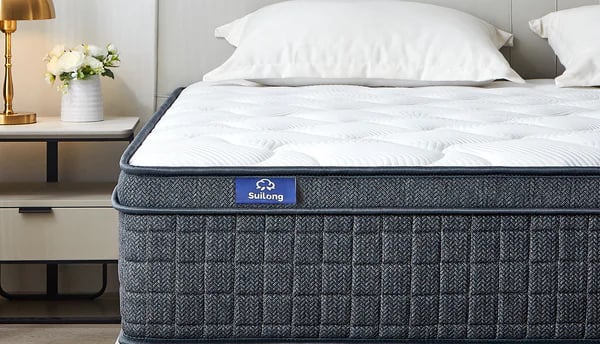

6. Set a Realistic Budget
Mattresses come in a wide price range, and your budget will influence the options available.
Budget Mattresses: Many bed-in-a-box brands offer affordable options without sacrificing quality, such as Emma, Nectar, and Eve.
Mid-Range: You can find durable, comfortable mattresses with advanced features in this category.
Luxury Mattresses: Brands like Tempur and Stearns & Foster offer premium materials and craftsmanship but at a higher price.
Consider durability and warranty as part of your value assessment. A higher upfront cost may be worthwhile if the mattress lasts longer and offers better sleep quality.
7. Take Advantage of Trial Periods, Return Policies, and Warranties
One of the biggest challenges in buying a mattress is knowing if it will be comfortable long-term. Fortunately, many brands now offer trial periods of at least 100 nights, allowing you to test the mattress at home risk-free. Be sure to check for any hidden fees or return procedures to avoid surprises.
Warranties typically cover manufacturing defects but may not cover normal wear and tear or sagging caused by use. Focus more on trial periods and return policies to ensure satisfaction.


8. Think About Delivery and Setup
Some mattresses come with free delivery and in-home setup, while others are shipped to your door for DIY assembly. Consider your physical ability and convenience preferences when choosing.
9. Additional Tips for Mattress Shopping Success
Test in Person: If possible, spend at least 10-15 minutes lying in your usual sleep positions on different mattresses.
Read Reviews: Look for feedback from people with similar sleep styles and body types.
Ask Questions: Don’t hesitate to inquire about materials, certifications, and company policies.
Plan for Longevity: A good mattress should last 7-10 years or more. Consider durability and maintenance.
Conclusion
Buying a mattress is a personal decision that requires balancing comfort, support, budget, and lifestyle needs. By considering your sleep position, body weight, mattress type, firmness, and key features, you can find a mattress that promotes restful sleep and supports your health.
Take advantage of trial periods and warranties to ensure your choice is the perfect fit.
Investing time and research into mattress shopping will pay off in better sleep and improved well-being for years to come.
